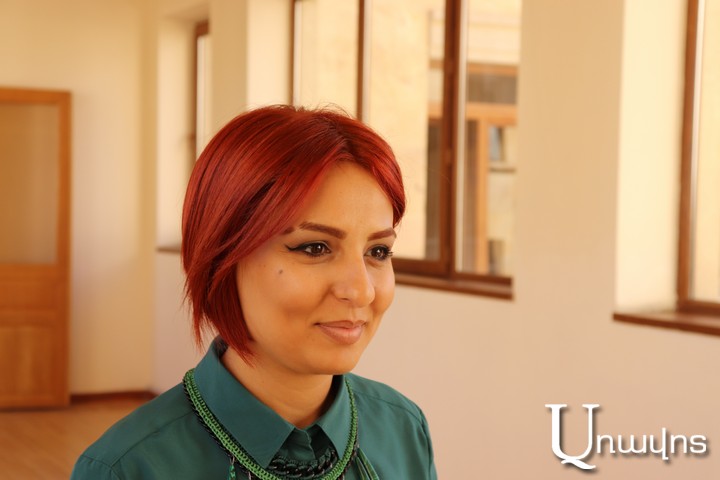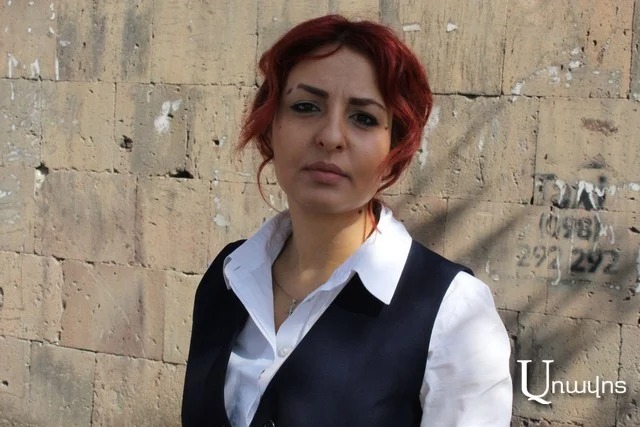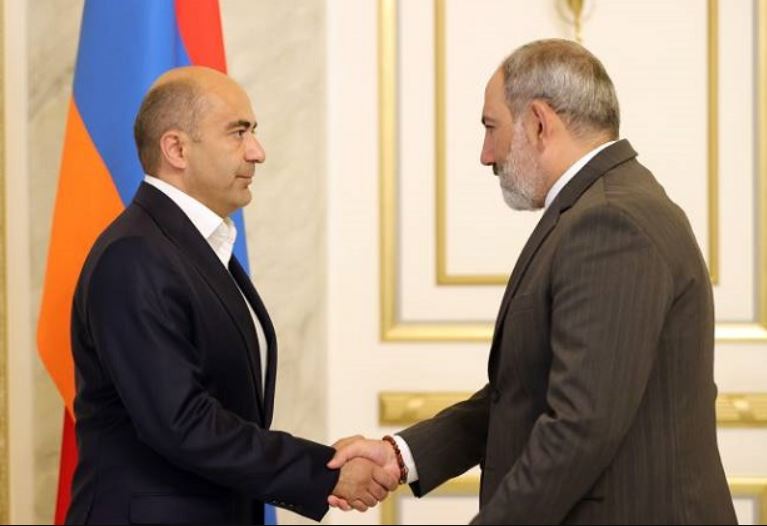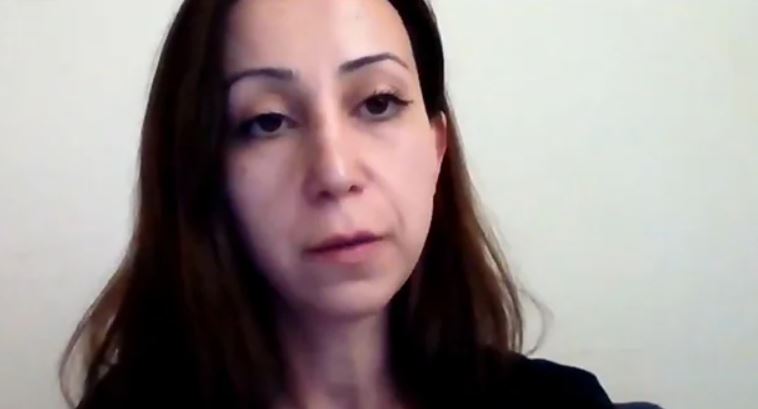Religious intolerance and its rhetoric
the first intensifies hatred,
the second – takes lives, and the
third – leads to cultural vandalism. As proof of these three beliefs I have set out, I will present three relevant cases.
First, when we say that religious intolerance intensifies hatred, we mean the situation when in Turkey, a high-ranking official publicly made a statement about giaours, or prominent Turkish media outlet published a column headlined “No friend of such a giaour”. According to Turkish Language Association (TDK), giaour means “(1) a nonbeliever person. One hundred four years ago, 1.5 million Christian Armenians were killed by the Turks of the Ottoman Empire under the influence of that dangerous word and rethoric.
In this regard I must appreciate the approach which we fixed in the Luxemburg declaration welcoming the recent recognition of the Armenian Genocide by the Italian Chamber of Deputies, as well as the designation by France of 24 April as the day for the commemoration of the Armenian Genocide, as measures which promote awareness and contribute to the eradication of such atrocities, and calling on other national parliaments to follow them.
Second, when we say that religious intolerance takes thousands of lives, we mean the situation, what is happening in the Mediterranean region today.
Armenia has been the first country in the framework of OSCE to condemn mass atrocities perpetrated by Islamic State and Al Nusra against Yazidis in Iraq and Armenians in Syria. In its 2014 Declaration the Parliamentary assembly called the OSCE participating States to prevent the use of their territories by terrorist and fundamentalist groups for attacks against civilians, religions and ethnic minorities. The problem continuous to remain actual and member states of OSCE shoud multiply their efforts.
Parliamentarians should play an important role in condemning for previous genocides against Christians and other ethnic minorities whose tendency we are experiencing today in Syria and Iraq.
As for cultural vandalism. Months ago, the Guardian, british famous newspaper published an article headlined ”Monumental loss: Azerbaijan and ‘the worst cultural genocide of the 21st century”. In Article was mentioned that the greatest cultural diaster taking place at the moment not in Syria, but in Caucasus, meaning the destruction of Armenian cross-stones in Azerbaijan. Because of religion intolerance, armenophobia and discrimination all ethnic Armenians were dispelled from Nakhijevan which is the part of Azerbaijan now.
The ten thousand armenian cross-stones were maintained only after them from middle ages, which are exeptional cultural heritage for Christians.
How strong is the hatred and intolerance, that even the graves are destroyed after humans!
Read also
Dear colleges
I would like to coclude my speech with a following question.
Do you imagine what will happen with peoples and cultural heritage for example in Nagorno-Karabakh in such a conditions of religion intolerance and hatred.
‘Bright Armenia’
























































